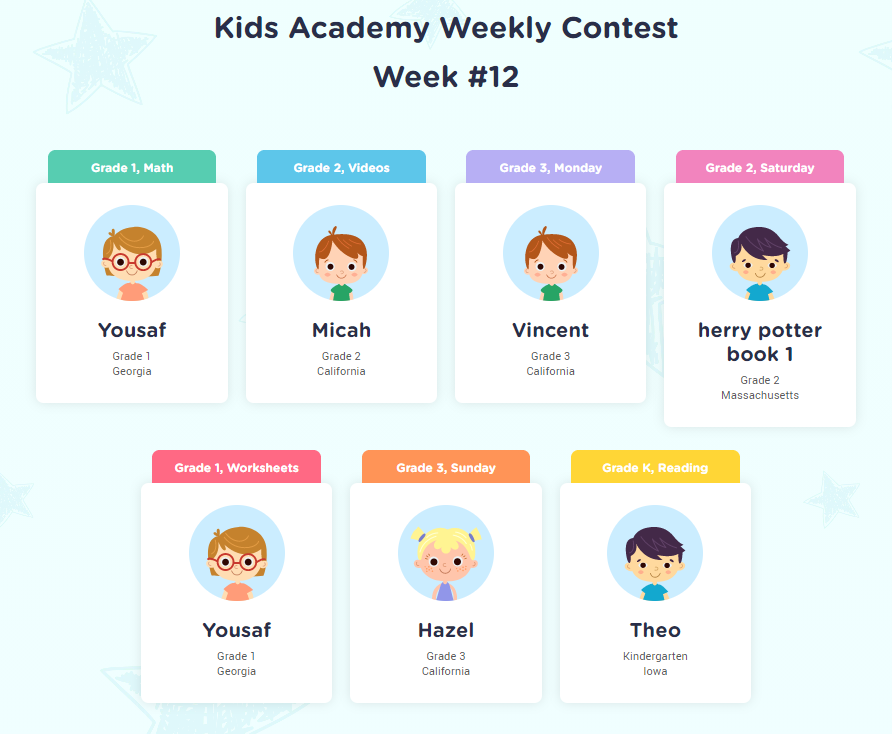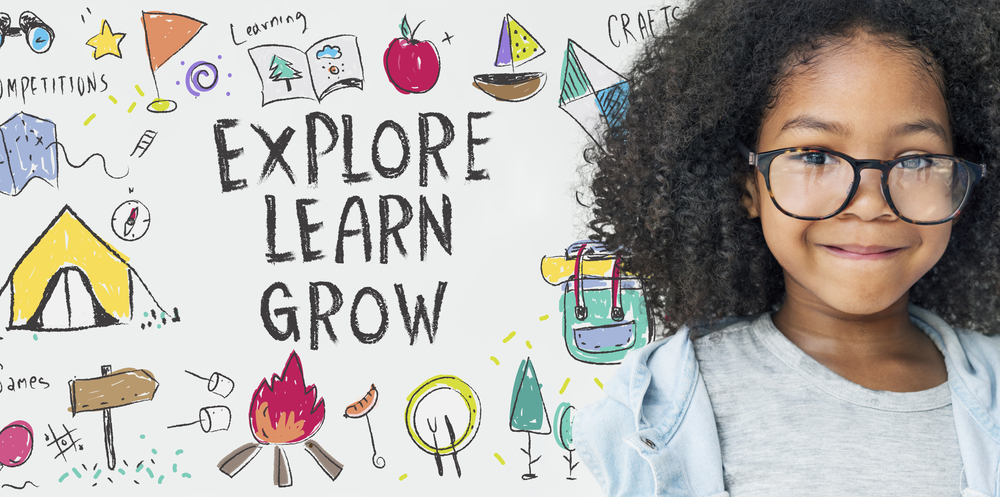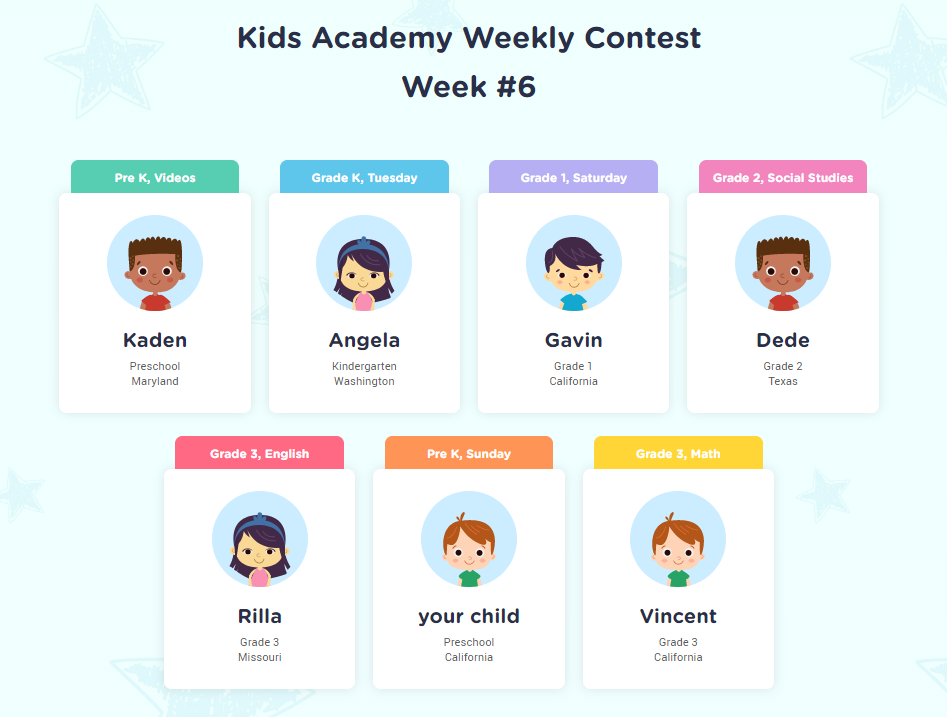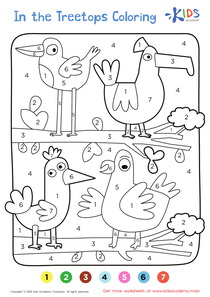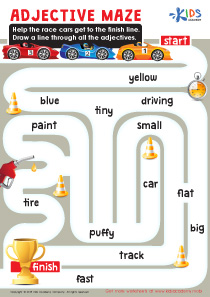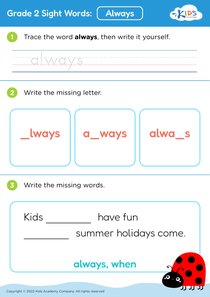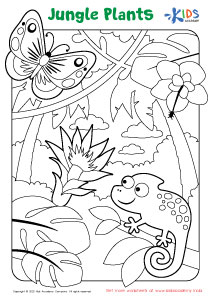Time, Continuity, and Change worksheets for Grade 2
26 filtered results
-
From - To
Discover engaging "Time, Continuity, and Change" worksheets tailored for Grade 2 students. Our thoughtfully designed resources help young learners explore the concepts of time, historical events, and how changes shape our world. Each worksheet fosters critical thinking and supports developing skills in understanding timelines, sequencing events, and recognizing cause-and-effect relationships. Your students will enjoy interactive activities that promote discussion about past and present, enhancing their comprehension of history's significance. Perfect for classroom instruction or at-home learning, these worksheets align with educational standards and encourage meaningful exploration of social studies. Help your students connect the past to their present with fun, educational exercises!
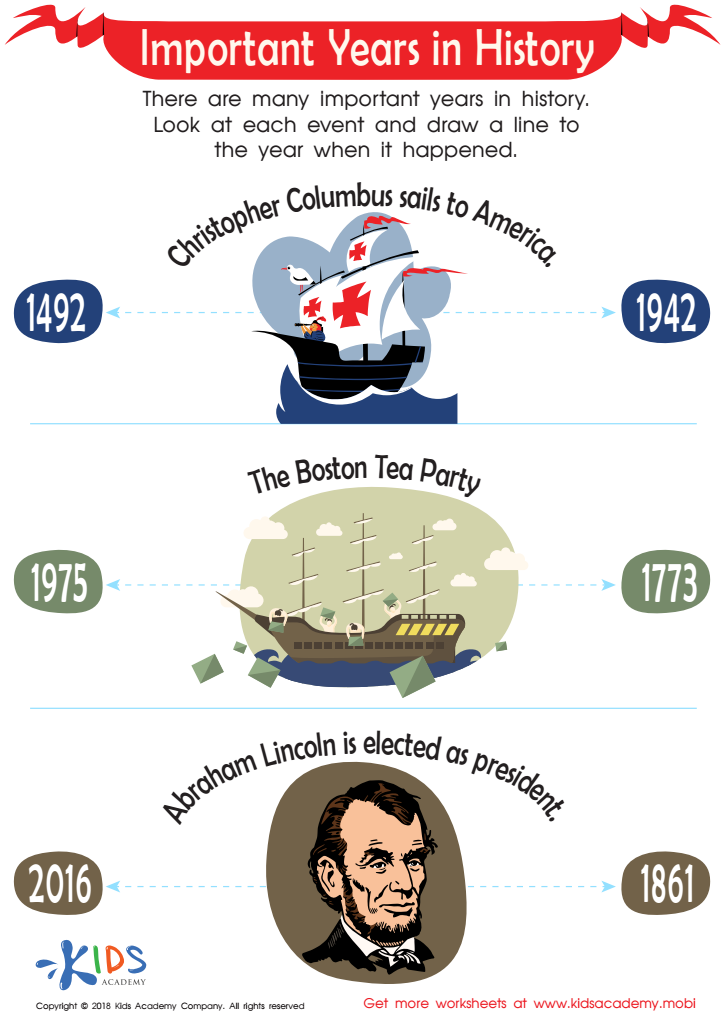

Important Years in History Worksheet
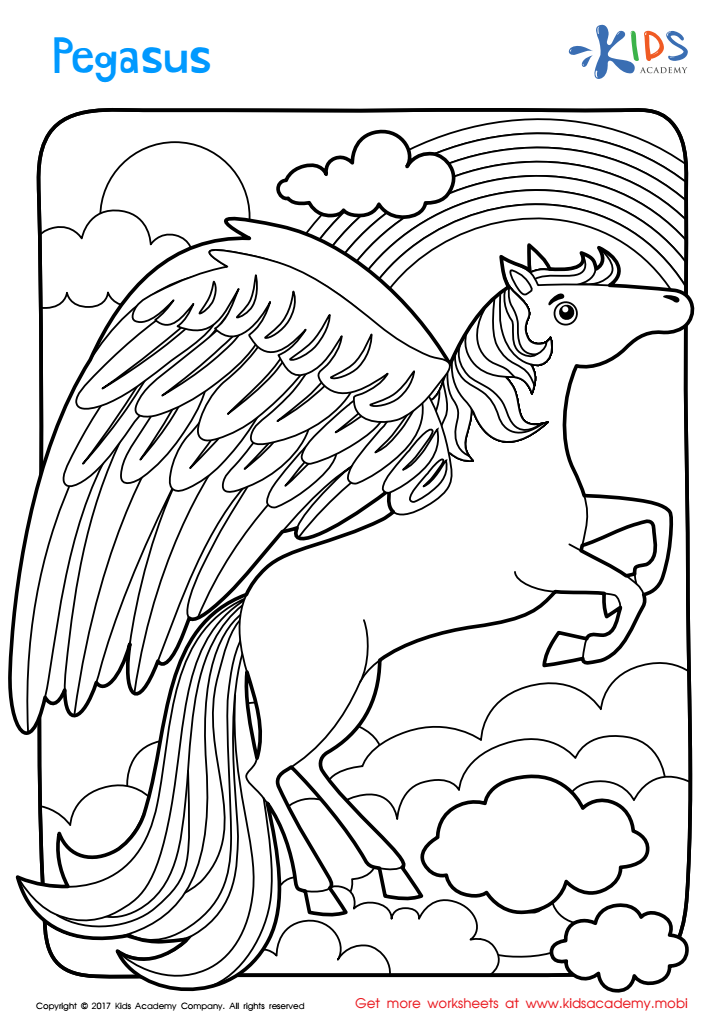

Pegasus Printable
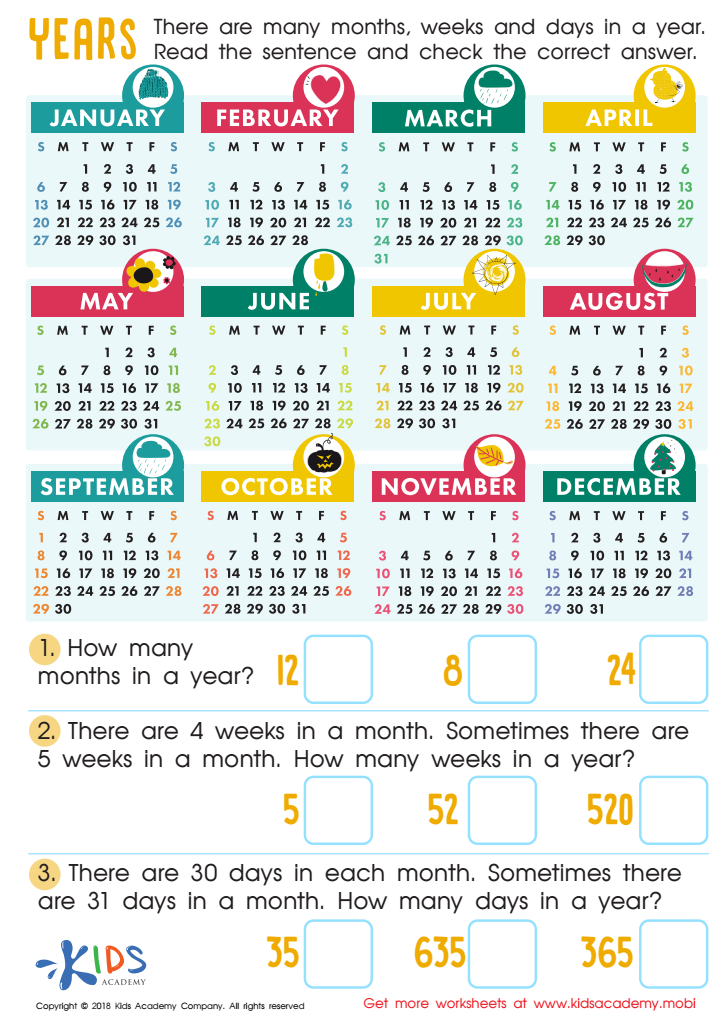

Years Worksheet
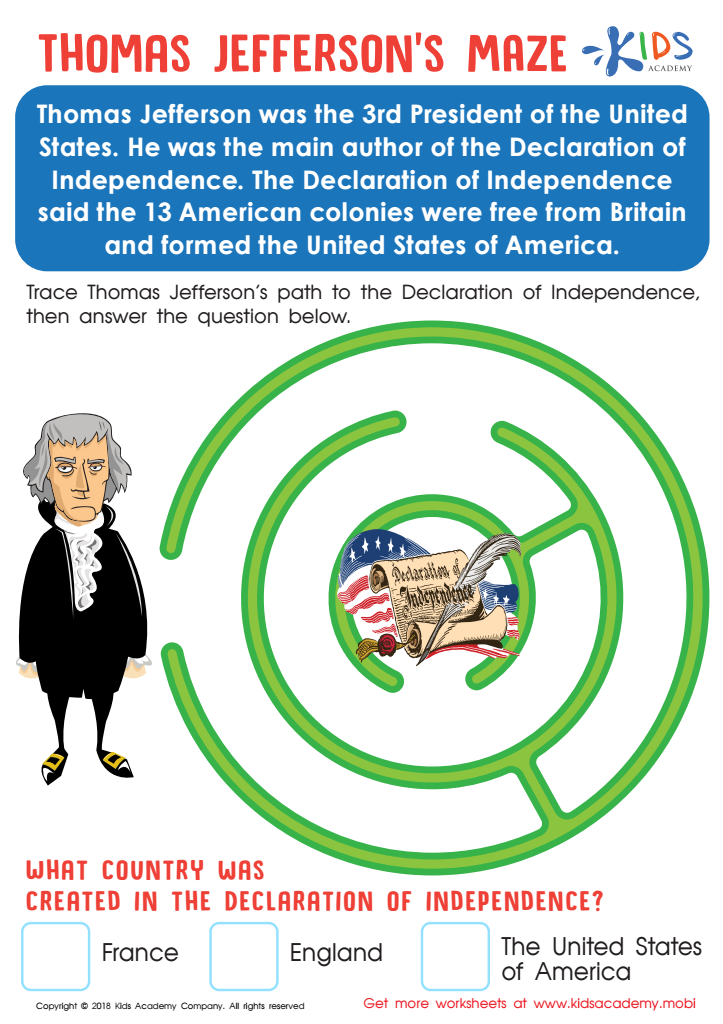

Thomas Jefferson's Maze Worksheet
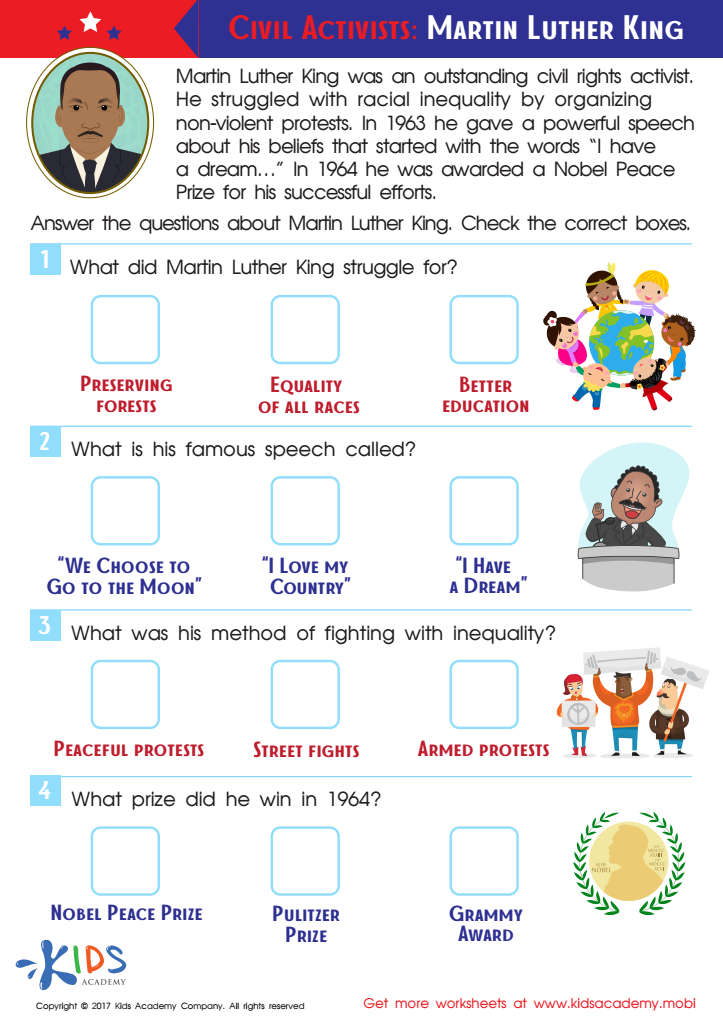

Martin Luther King Worksheet
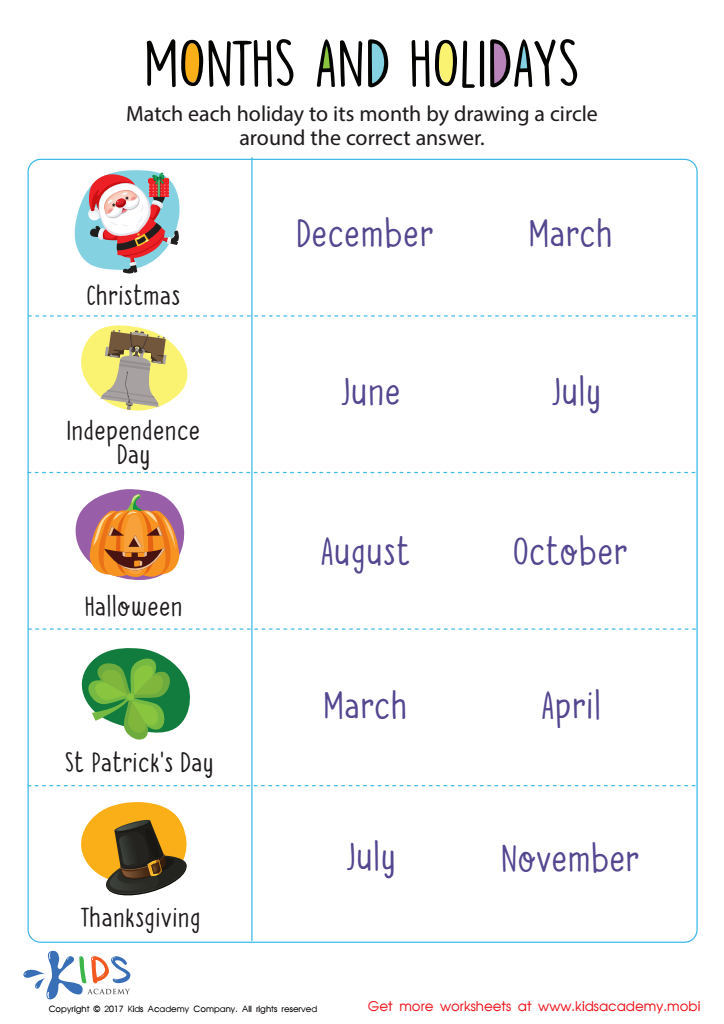

Months and Holidays Worksheet
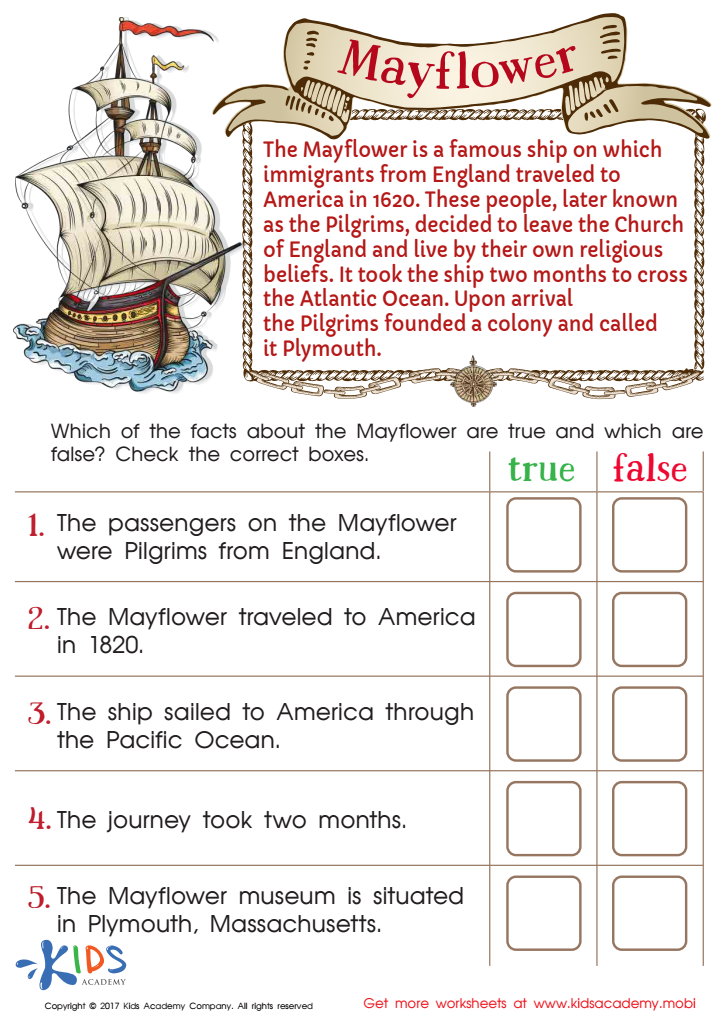

Free Mayflower Worksheet
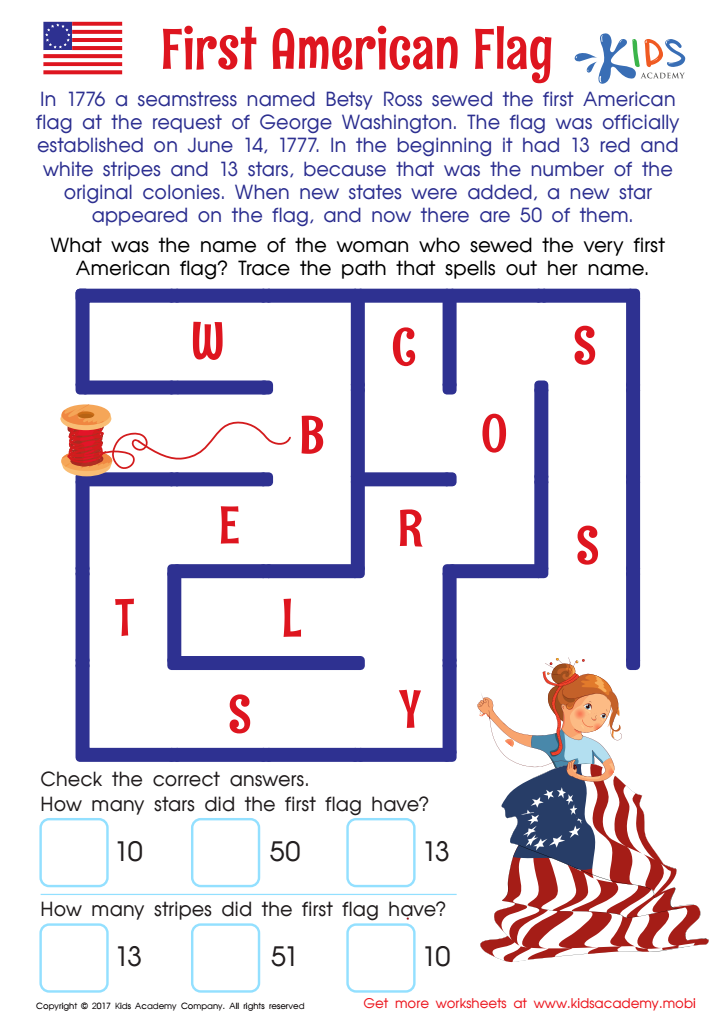

First American Flag Worksheet
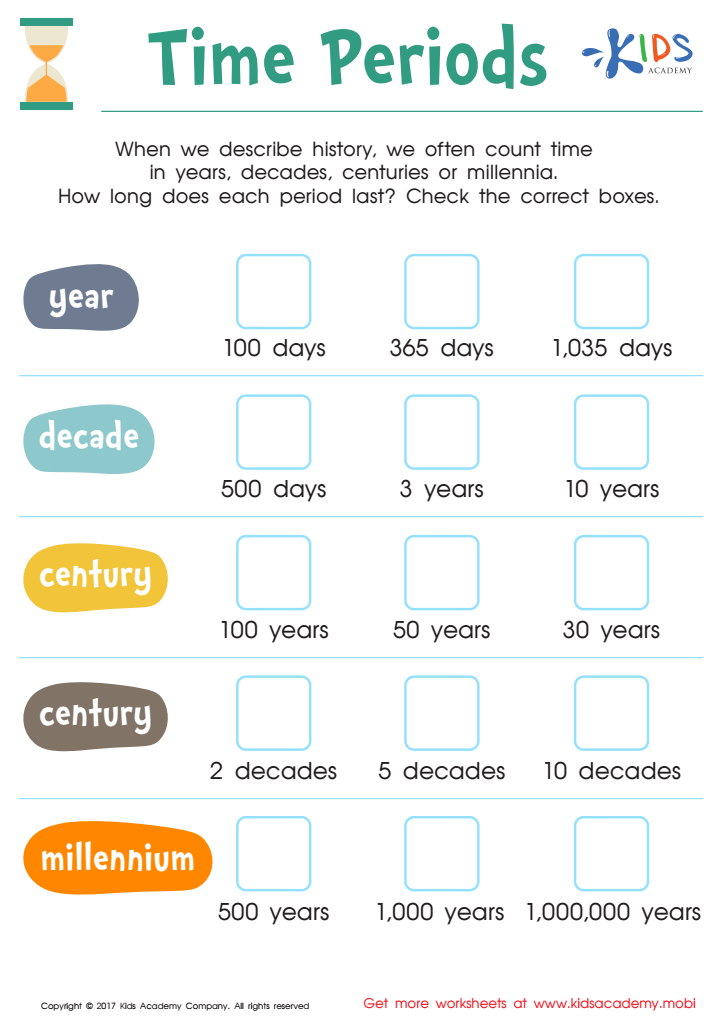

Time Periods Worksheet
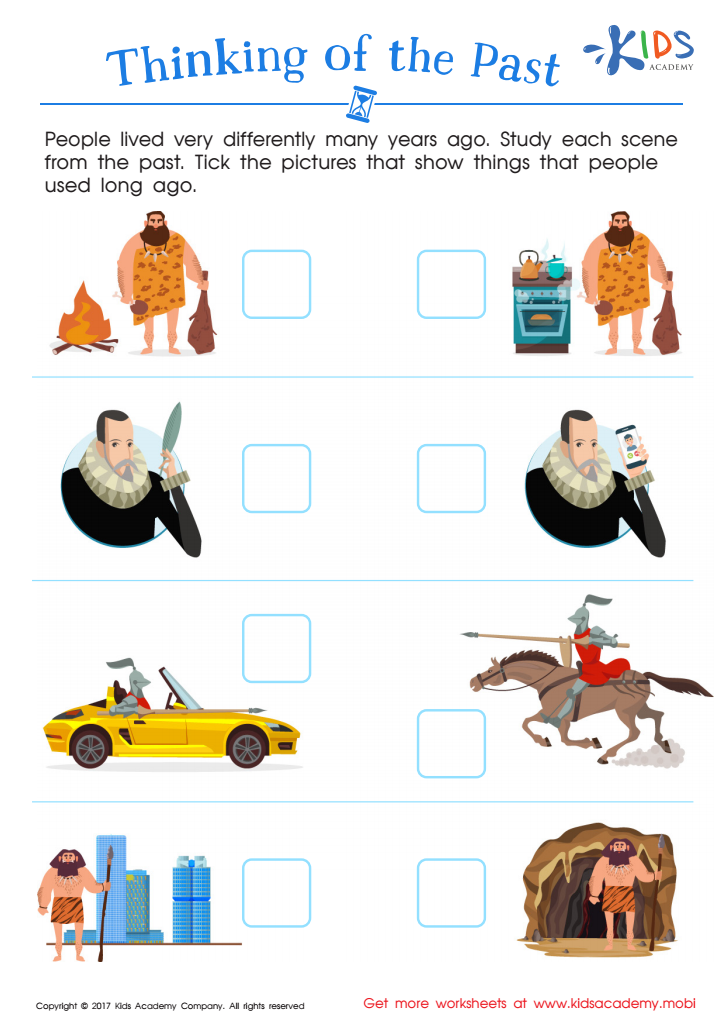

Thinking Past Printable
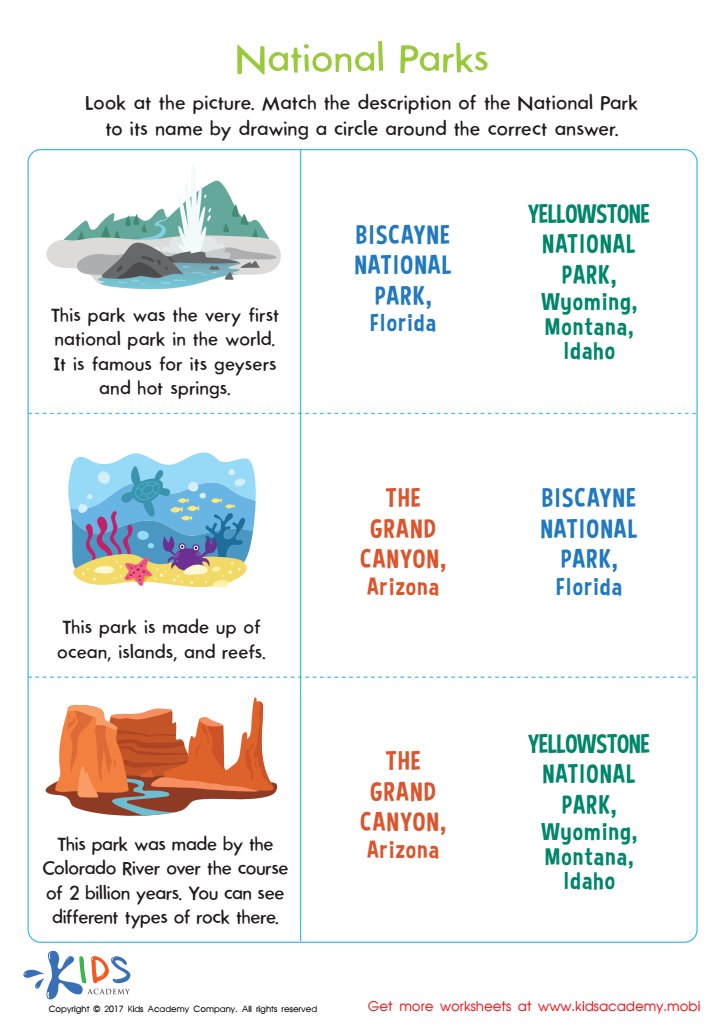

National Parks Printable
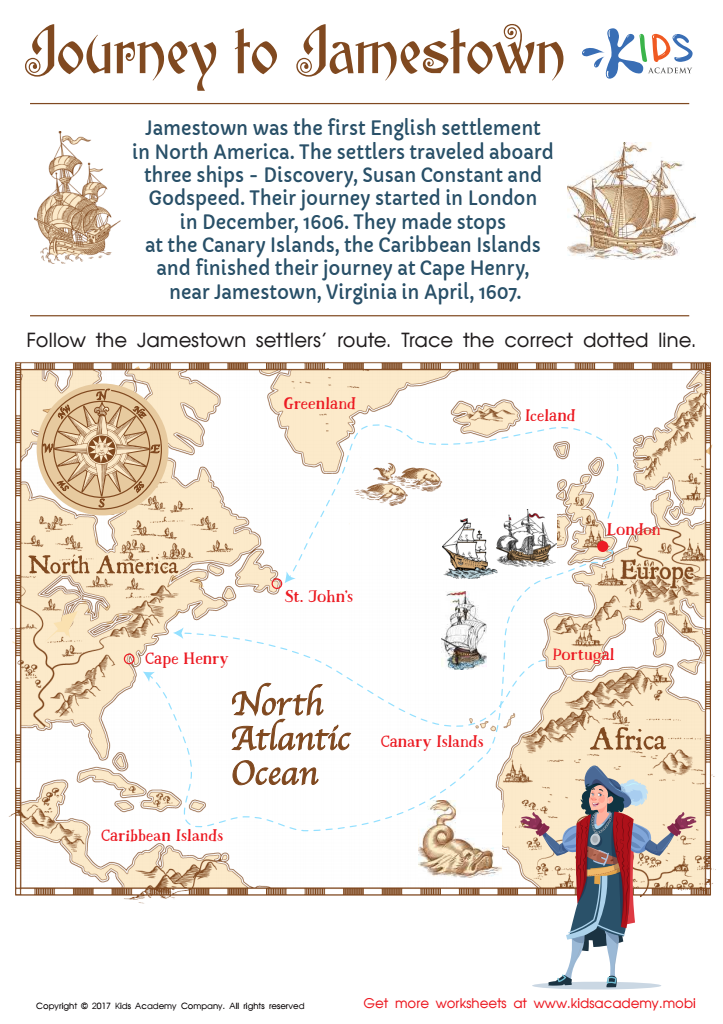

Journey to Jamestown Worksheet
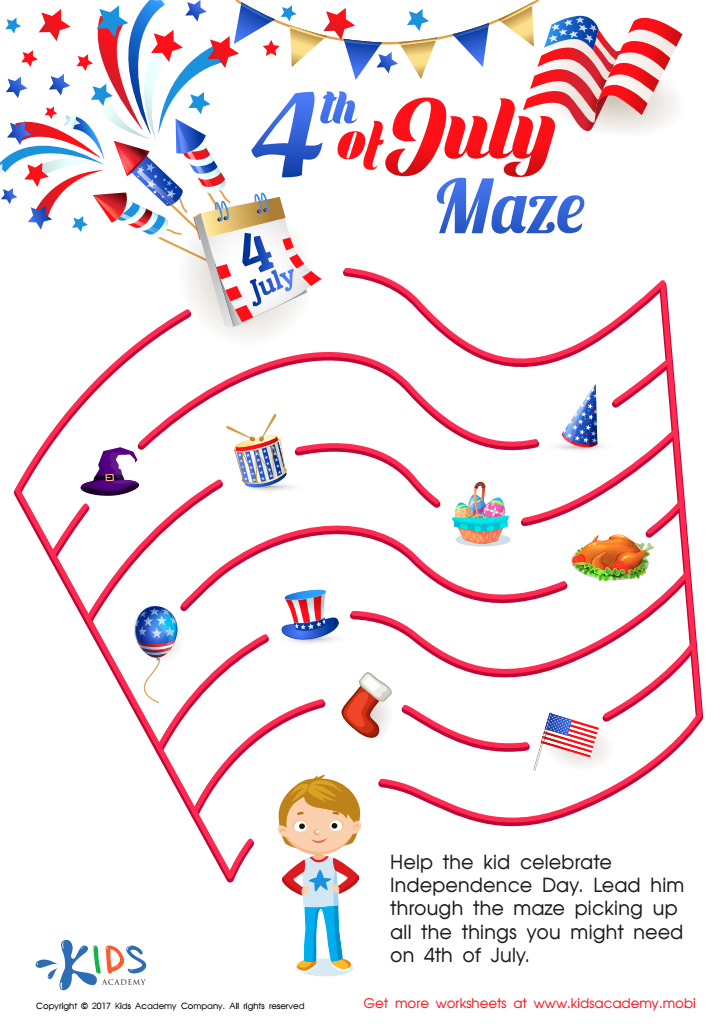

Fourth of July Maze Printable
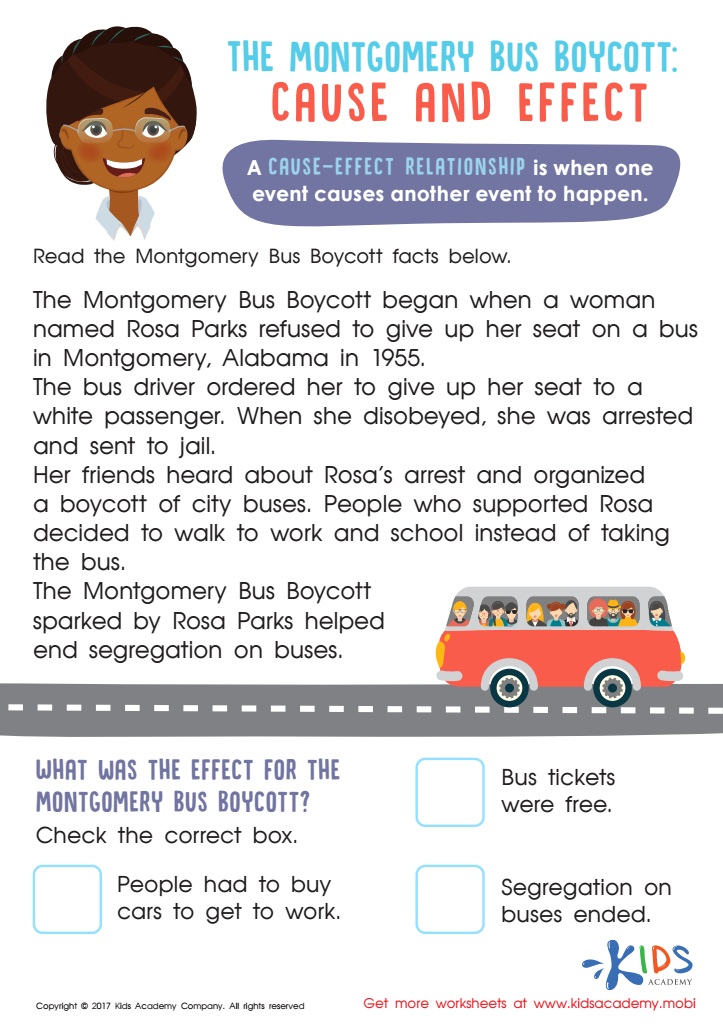

The Montgomery Bus Boycott Cause and Effect Worksheet
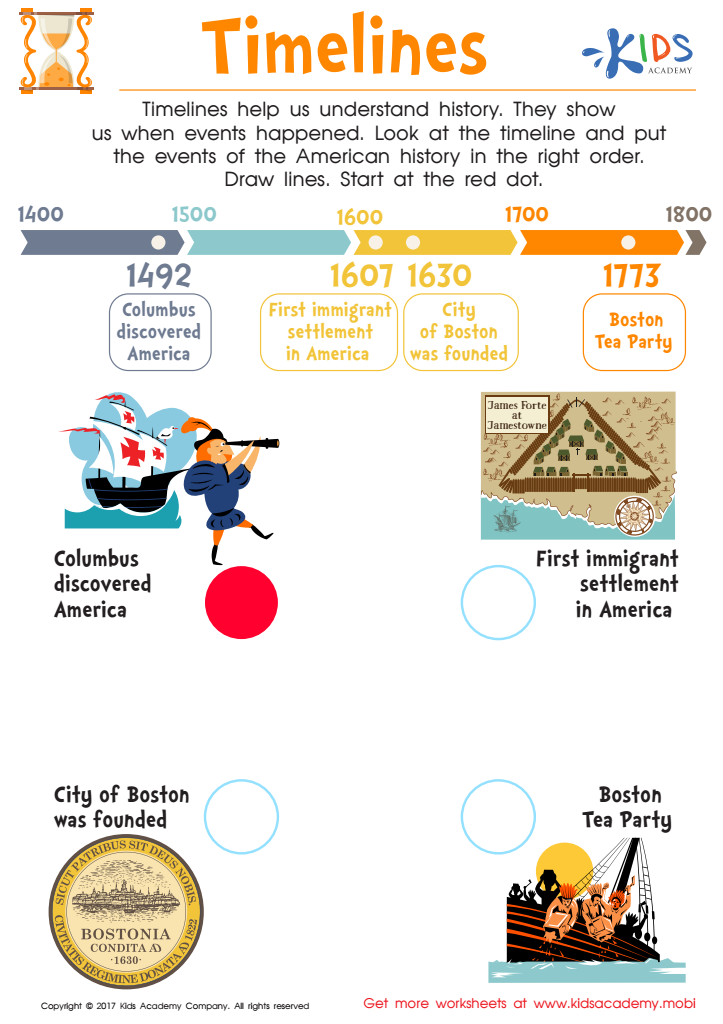

American History Timeline Worksheet
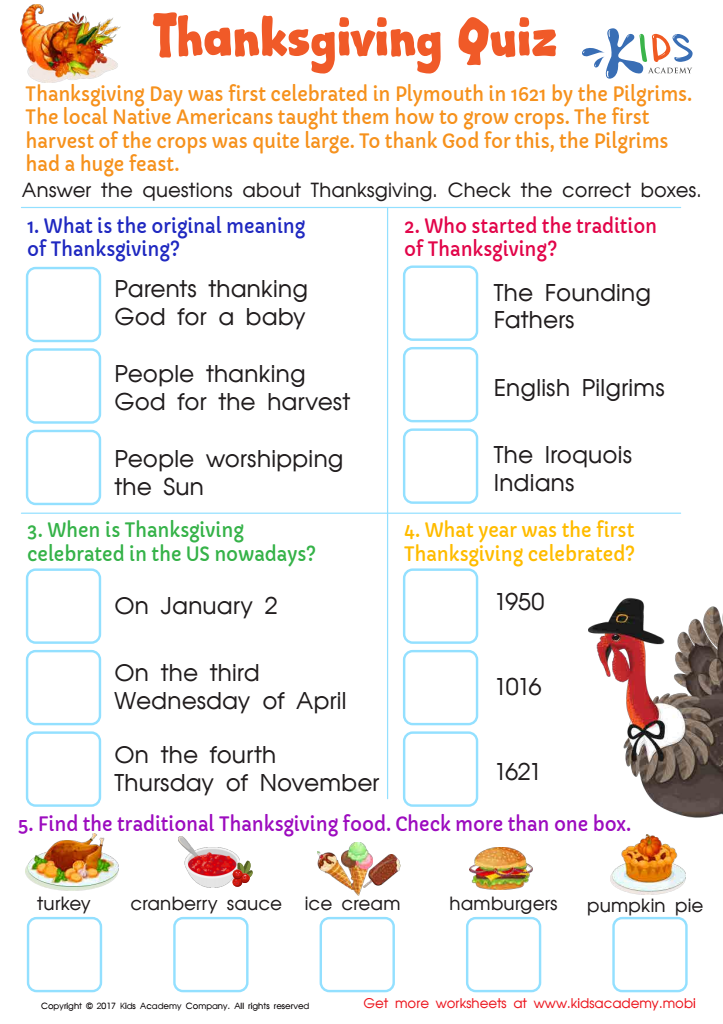

Thanksgiving Quiz Worksheet
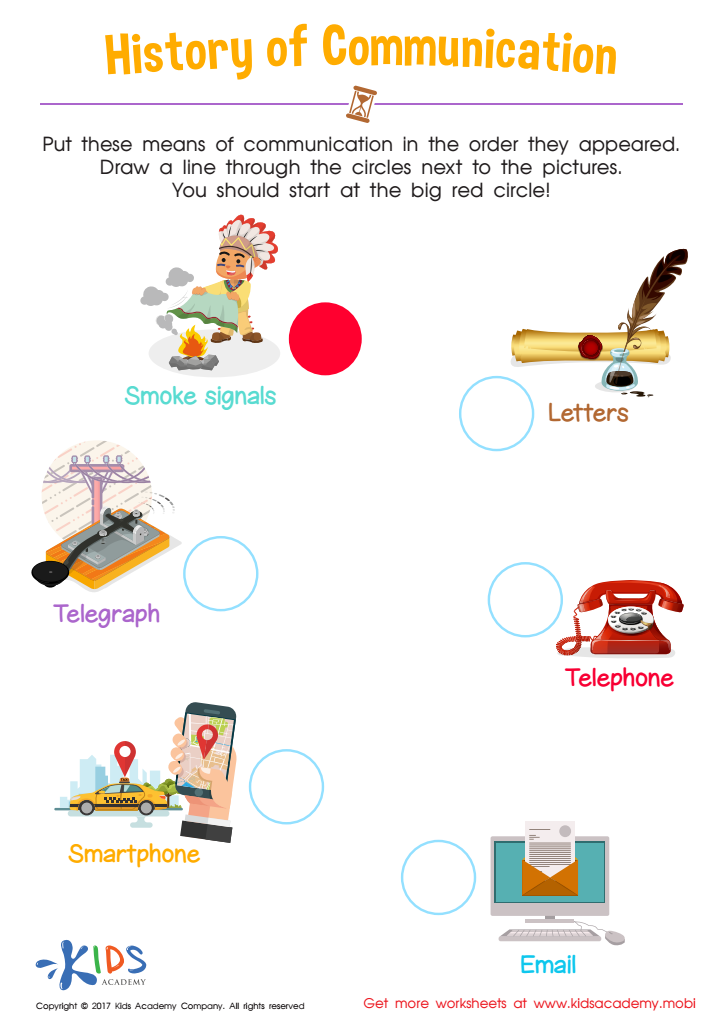

History of Communication Worksheet
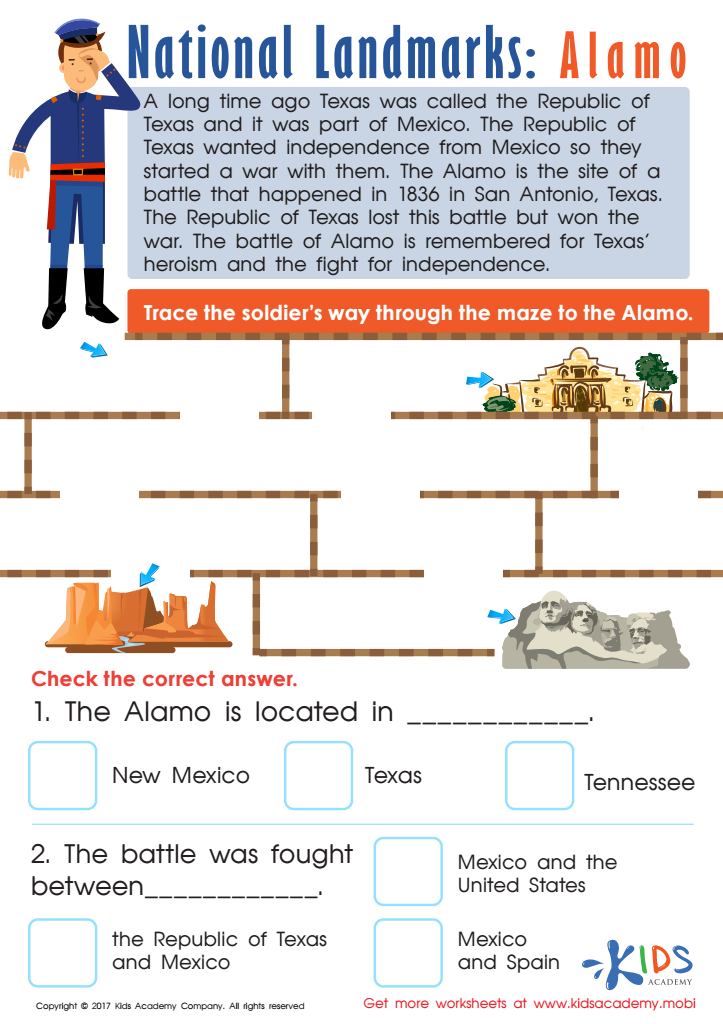

Alamo Printable Worksheet
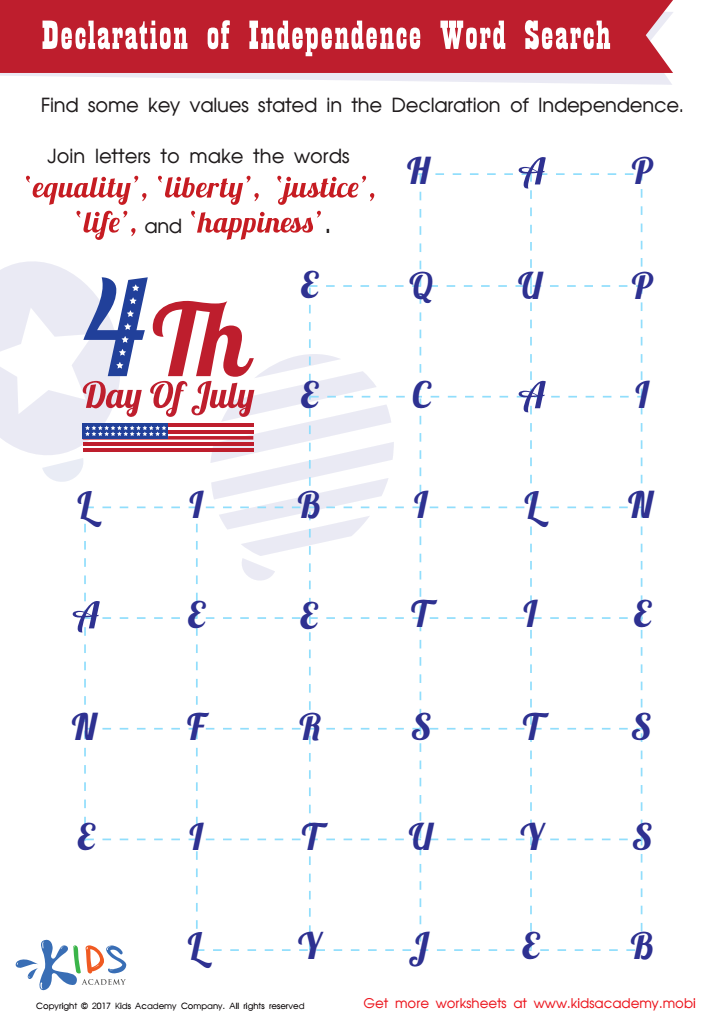

Declaration of Independence Word Search Printable
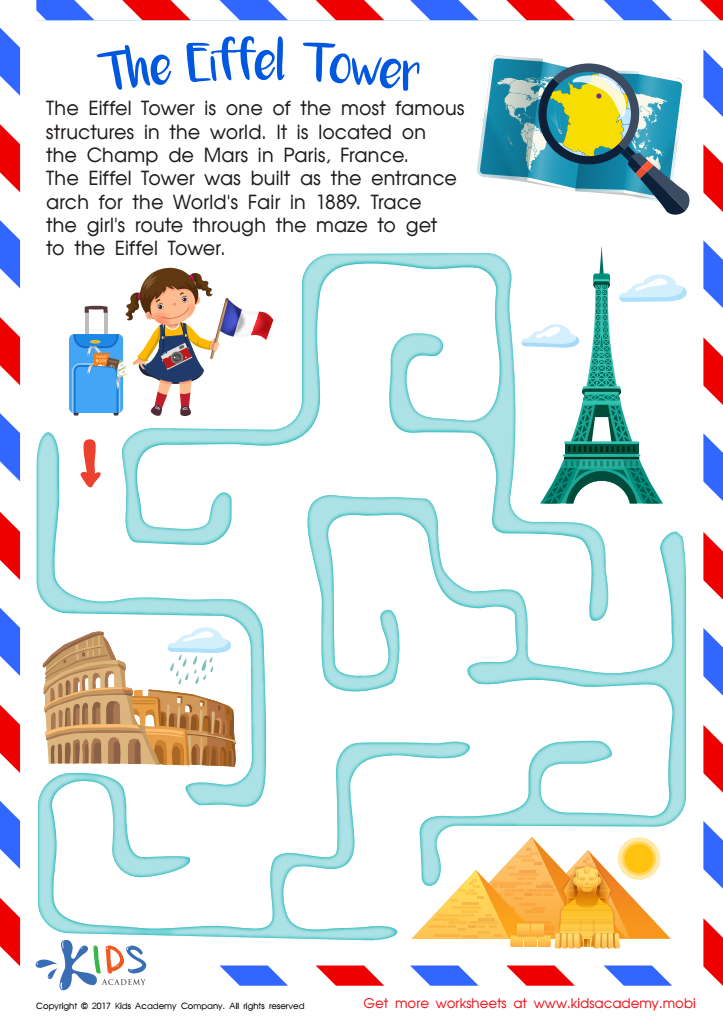

The Eiffel Tower Printable
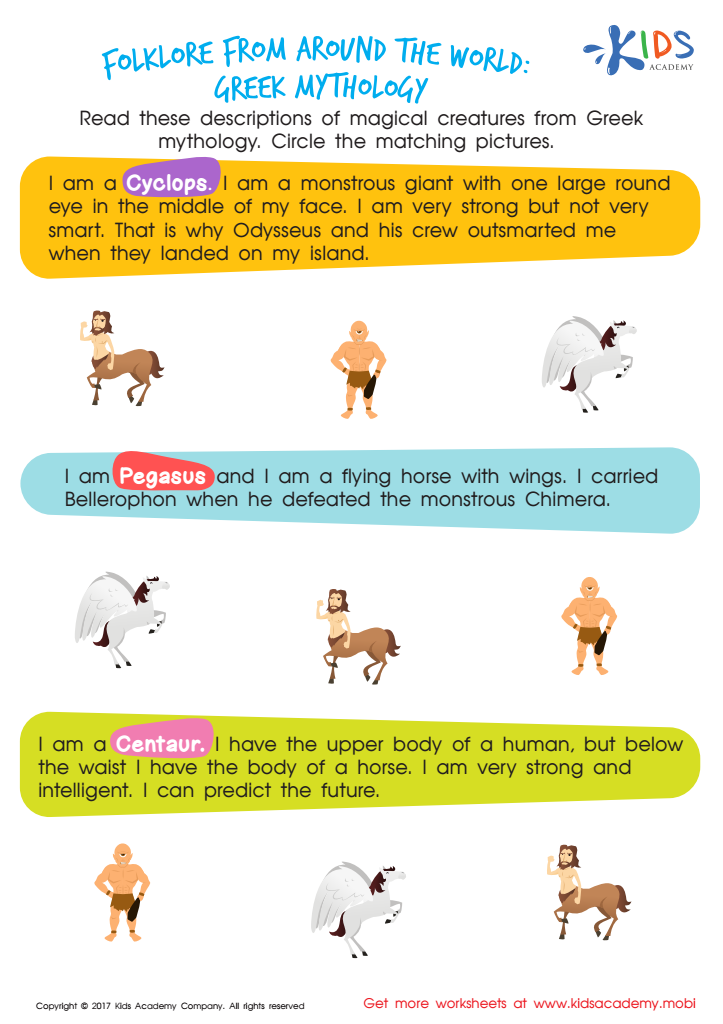

Greek Mythology Worksheet
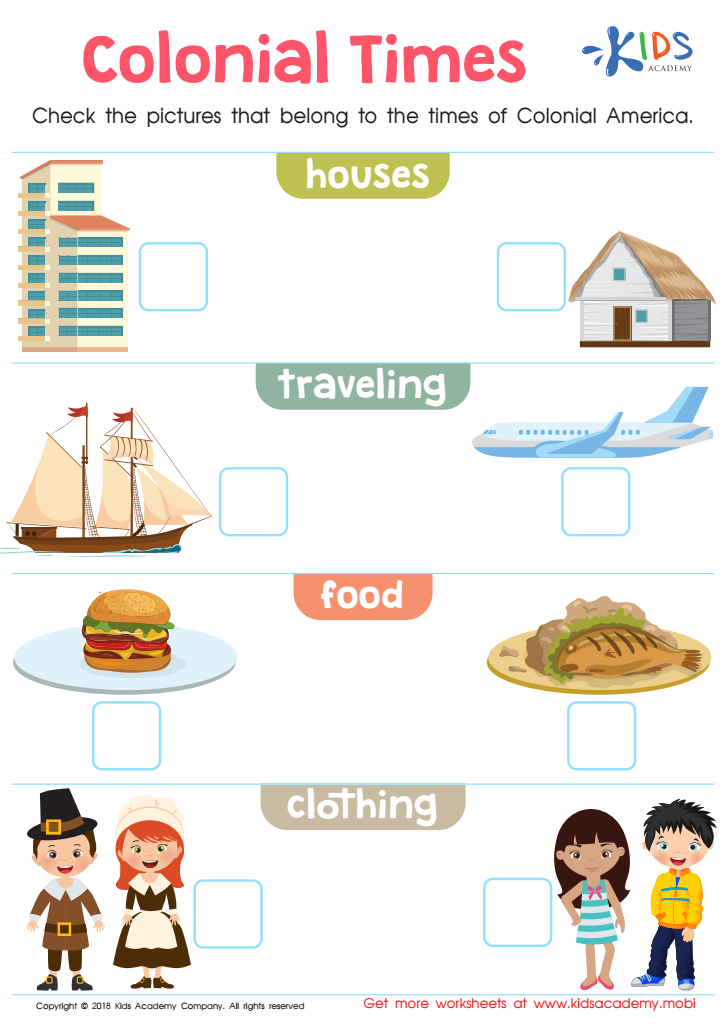

Colonial Times Worksheet


Commas in Dates Worksheet
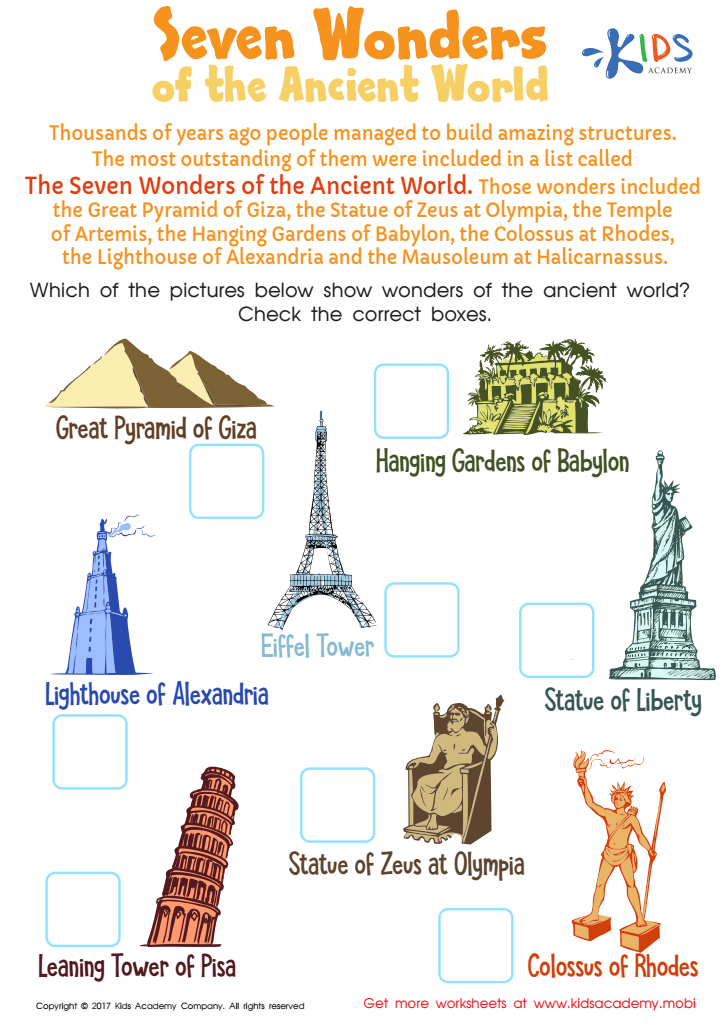

Seven Wonders of the Ancient World Worksheet
Understanding Time, Continuity, and Change is essential for Grade 2 students as it lays the foundation for their historical awareness and critical thinking skills. At this age, children are naturally curious about the world around them, including historical events and how things evolve over time. By exploring these concepts, students learn to recognize patterns, distinguish past from present, and anticipate future developments.
Parents and teachers should care about these concepts because they foster a sense of identity and community. Learning about the past helps children understand their own backgrounds, traditions, and the changes their families have experienced. It also teaches respect for diversity, as children engage with the histories of others.
Additionally, grasping the ideas of continuity and change encourages critical thinking. Students learn to ask questions about why things happen, recognize cause-and-effect relationships, and develop analytical skills. This can translate into better decision-making in their lives.
Incorporating discussions around Time, Continuity, and Change in the classroom and at home can enrich children's understanding of their world, making learning more relatable and meaningful. Ultimately, these concepts are not merely academic but are fundamental to nurturing informed, empathetic, and engaged citizens for the future.
 Assign to My Students
Assign to My Students


